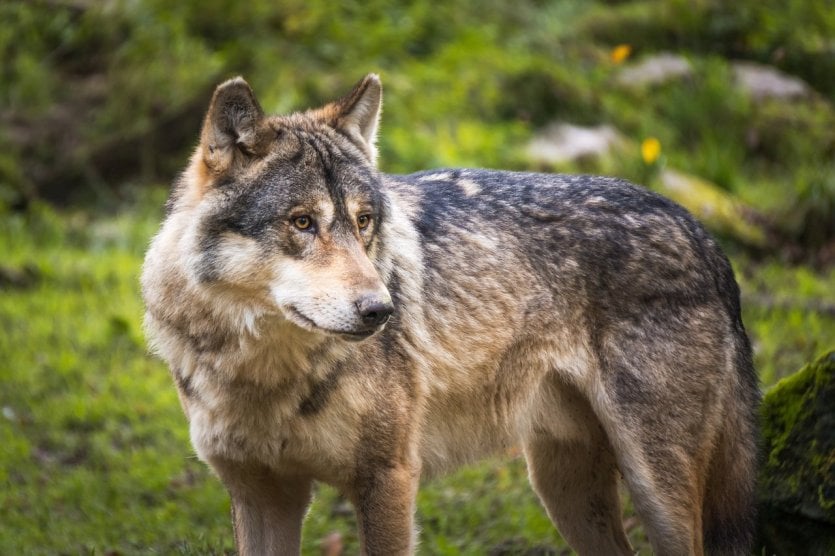
The fauna is very varied in France. This can be explained by the differences in the typology of the land and a climate that varies from one region to another. For those who love the animal world and its observation, France is populated with emblematic land mammals, fish, birds, invertebrates and other reptiles. One can even be surprised to come across certain species in certain places. Regional nature parks, coastlines and other wonderful natural areas that France has, here are 10 places to go for animal watching. Don't forget the binoculars and to be discreet.
1- The salt flats of Aigues-Mortes, land of pink flamingos

In the Camargue, the salt flats ofAigues-Mortes offer incredible landscapes. The largest salt pans in the Mediterranean, they are home to a rich fauna, including over 200 species of birds. Among them is a migratory bird that amazes observers with the beauty of its plumage: the pink flamingo. In summer, more than 50,000 individuals join the Mediterranean coast to enjoy the mild climate and abundant food. In Aigues-Mortes, the salt marshes are the largest reserve of pink flamingos in Europe. Objective: see them sleeping on one leg!
2- The Pyrenees, a privileged habitat for marmots
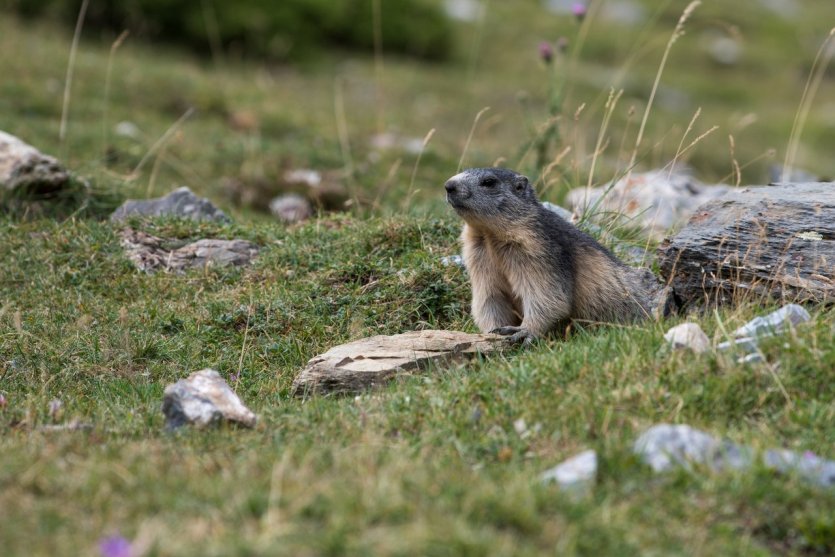
The marmot, originally from the Alps, was reintroduced in the Pyrenees in 1948. It can be recognized by its stocky silhouette and its small legs which it uses to catch leaves, roots, stems, flowers and to feed itself. Summer is the season when you are most likely to see it while hiking in places such as the Madres peak, the Estaubé cirque and the Ossoue and Gavarnie valleys. Be careful, the animal can quickly get scared and join its burrow. It is consequently necessary to be discrete, patient and to be equipped with binoculars to have a chance to see its little face.
3- The Somme Bay and its seal colony

It is a nice surprise that awaits the holidaymakers who reach the bay of Somme. This bay, considered as one of the most beautiful bays in the world, is home to the most important seal colony in France. At high tide as well as at low tide, it is all year long that one has the chance to admire their astonishing and touching balls, from the point of Hourdel or the bay of Authie. There are different ways to see them. You can put on your boots and venture out onto the sandbanks or plan an outing in a dugout canoe or kayak. Be careful not to get too close to respect their calm and well-being.
4- The Regional Natural Park of Brenne and the European cistude turtles

The European cistude is a small turtle, with an average size of 14 cm. It is the emblem of the natural park of the Brenne in Berry, also known for hosting many birds. From spring onwards and during a walk around the ponds, one has the chance to see the small freshwater turtles which enjoy the mild temperatures. You are unlucky if you don't, since there are nearly 100,000 of them living in this wetland. The regional natural park of the Brenne is one of the last places where the species is preserved.
5- The Pelagos Sanctuary and its formidable marine mammals
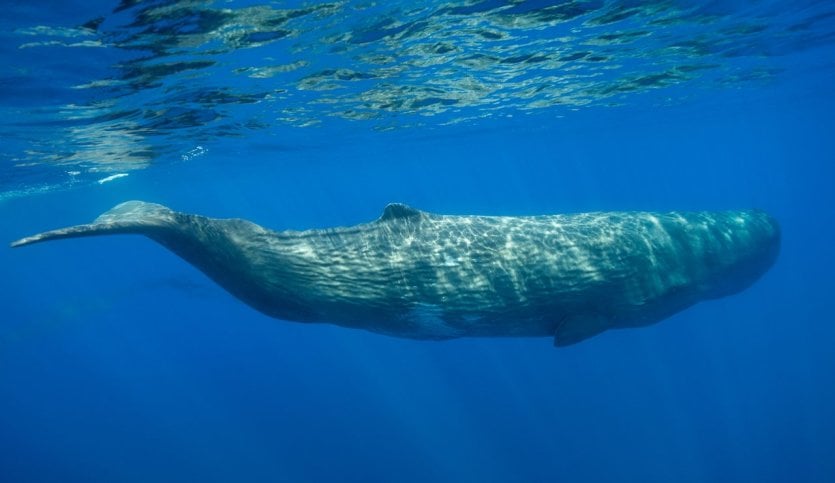
The Pelagos Sanctuary is a maritime area located between Monaco, France and Italy. It is the object of an agreement between these three States for the preservation of the exceptional marine mammals that frequent it. Summer is the best time to observe species such as sperm whales, dolphins and whales. However, be careful, you can't go around in the waters and risk disturbing their life cycles. To try to get close to them and to take good pictures, it is imperative to book a session with professionals who work in a way to preserve the environment and the species
6- The Basque Country, a little paradise for pottoks
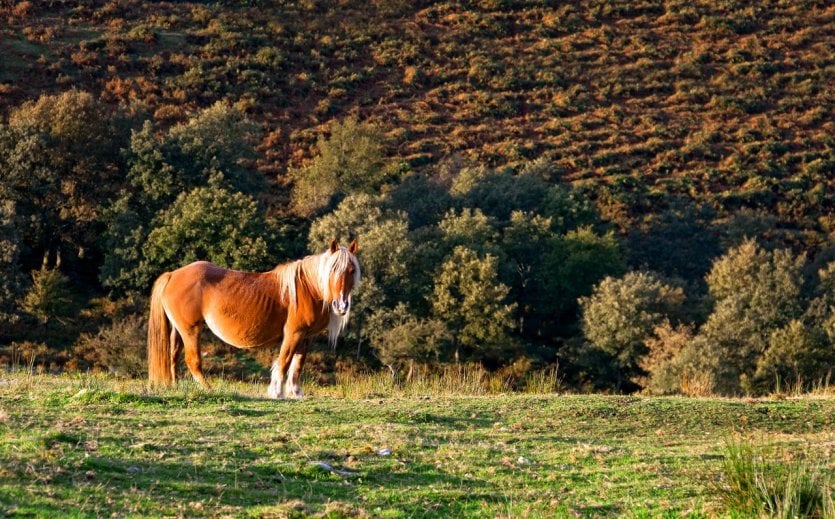
The pottok is a very old breed of pony. It is estimated that it colonized the area 12,000 years ago and is an integral part of some of the mountain landscapes of the Basque Country. This breed is also represented in the cave paintings of some of the prehistoric caves in the region. The ponies live today in semi-liberty and the best way to see them is to hike in the heart of the Rhune massif. To all those who are brought to cross their road during a walk, it is advised to keep a distance of 3 to 4 m not to frighten them. We also avoid food, it is not to do them any favors. We simply observe, and we enjoy!
7- The forests of Sologne, beloved spaces of deer

The deer, king of the woods, is present in large numbers in the forests of Sologne. Between mid-September and mid-October, the stag calls out to signal its presence to its females. This is also the period when the curious have the opportunity not only to hear the majestic animal, but also to see it. The vast domain of Chambord is a privileged place for that. Indeed, it has 5 watchtowers. The best way to see the bellowing is to be accompanied by a guide, as it is important not to disturb the animal during the mating season.
8- The gorges of the Tarn, vultures in the sky
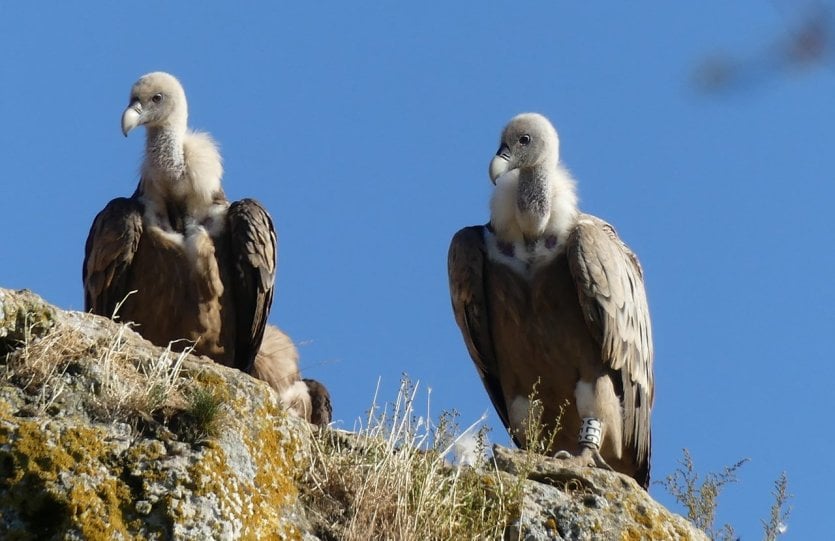
Victim of a rather bad reputation, the vulture was present in number in the sky of the Causses region until the 19th century, before recolonizing thereafter the marvelous natural landscapes of the Tarn and Jonte gorges. It is besides in the heart of these last ones that is located the one which was called formerly the "belvedere of the vultures": the House of the vultures. The visit of the museum is fascinating, especially since it ends with a moment at theobservatory, where long views allow to admire the vultures in their natural environment
9- The Breton coasts and dolphins
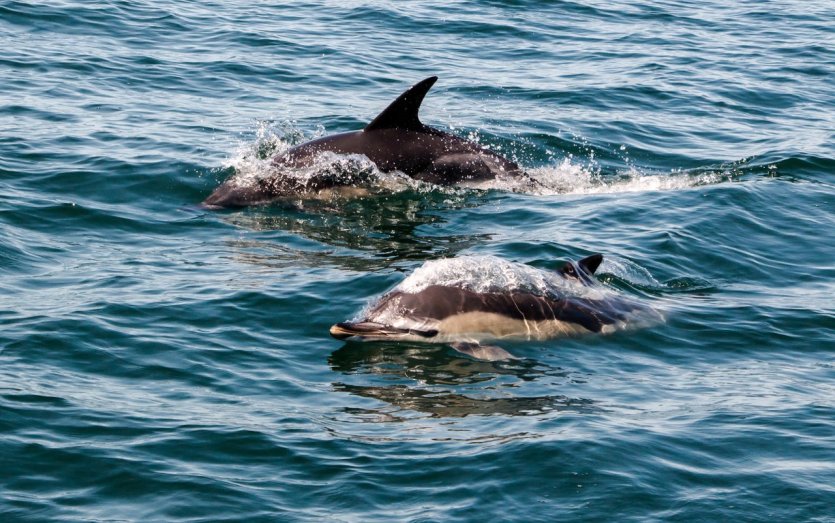
Dolphins are not only to be found in Polynesia and the Caribbean. The mammal, which still enjoys a good reputation among humans, can also be observed not far from the coasts of Finistère. The points of Raz and Primel or the island of Sein are places to go in Brittany to have the chance to see the cetacean, which often moves in packs. Once again, it is necessary to arm oneself with binoculars and patience. And for the sea trips, the best is to choose organizers of sea trips who put in place a whole protocol not to harm the animal.
10- Moselle, waking up with the wolves
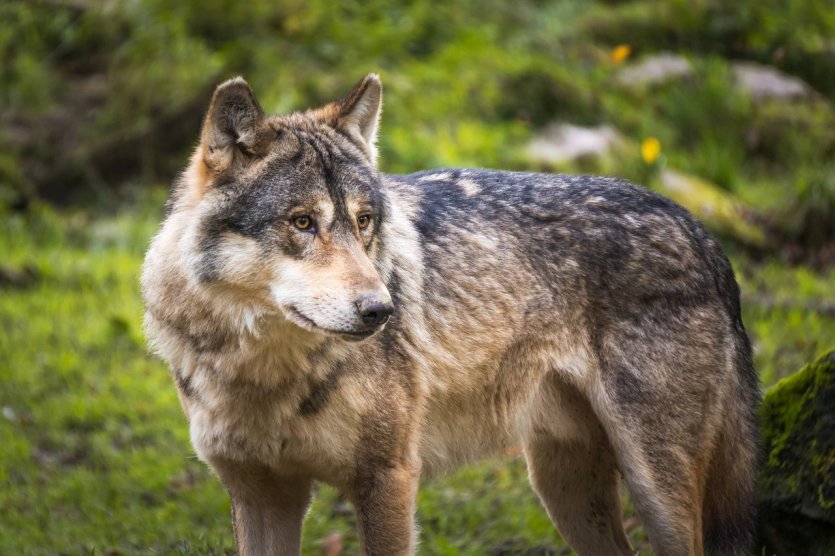
The animal park of Sainte-Croix, which is located in the heart of the regional natural park of Lorraine, has the particularity of sheltering 100 animal species living in semi-liberty. One of them is the one that probably haunted the nights of many children: the wolf! European grey wolf, western Canadian black wolf, Arctic white wolf, it is always a great emotion to see this wild and mysterious animal. The animal park also offers lodges for rent with a view of the dens. A unique and memorable experience


